Pinkmartini87
Brilliant_Rock
- Joined
- Apr 10, 2017
- Messages
- 1,314
@MiniMinerva here’s a ring I found very similar to yours in platinum and yellow gold, dating from the 1940s-50s. Note differences in the molding detail of your prongs/shoulder vs theirs. Their hallmark is a bit unusual too at least in my opinion. 18ct suggests European origin but more unusual (although not impossible) to have no other hallmarks (ie Birmingham, etc) for a UK piece unless hallmark was lost due to sizing, etc, or unless it’s a more recent piece.
Personally, I prefer yours (finer molding suggesting hand crafted to me than mold/cast produced). Again, if the hallmarks help in your case, I would date your ring most likely Edwardian, with maybe some rehab done in the years after.
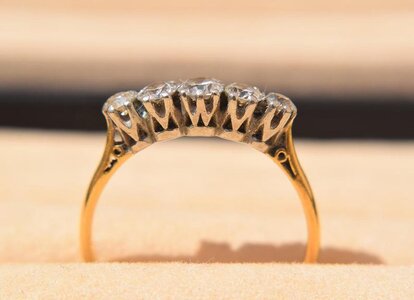
 www.etsy.com
www.etsy.com
Personally, I prefer yours (finer molding suggesting hand crafted to me than mold/cast produced). Again, if the hallmarks help in your case, I would date your ring most likely Edwardian, with maybe some rehab done in the years after.

This item is unavailable - Etsy
Find the perfect handmade gift, vintage & on-trend clothes, unique jewelry, and more… lots more.
Attachments
Last edited:




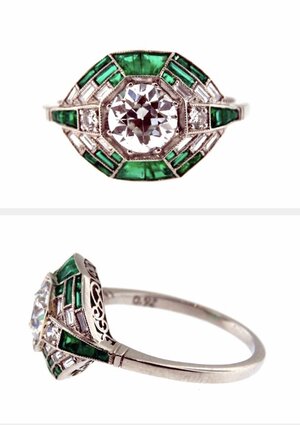
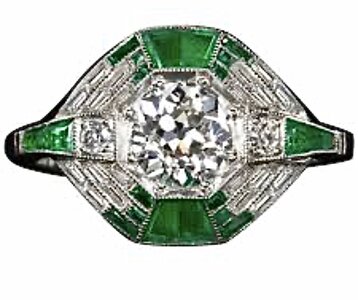

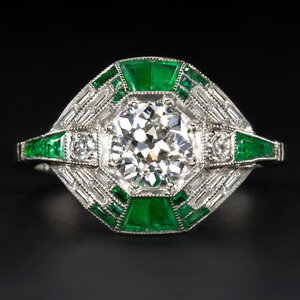
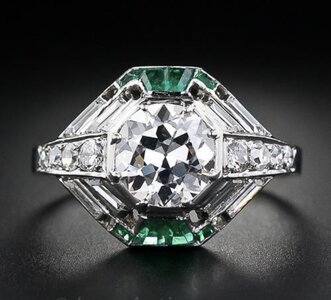







300x240.png)